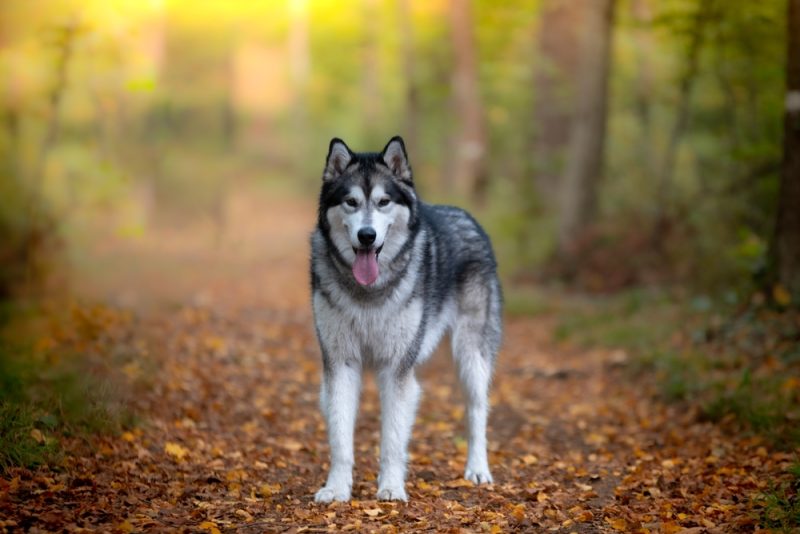Introduction to Aggressive Dog Breeds
They may be popular, lovable, and adorable, but don’t be fooled. Some of the world’s favorite dog breeds also carry a high risk of biting or causing serious injury if not properly trained and socialized. Our vets see it all: the cute Pomeranian with a Napoleon complex, the brilliant Border Collie that’s bored and bitey, or the Pit bull whose strength becomes a problem in the wrong hands.
Understanding the Risks
While these breeds aren’t necessarily the most aggressive overall, this list was created by combining data about breeds most likely to bite and the most dangerous breeds, and then narrowing it down using AKC popularity rankings. In other words, these are the most popular breeds that are also known to be aggressive, which makes them the ones everyday owners are most likely to encounter. We’re not sharing this to alarm you or suggest avoiding these dogs altogether, as many (if not most) are loving, loyal companions. Instead, our goal is to highlight where extra awareness and training can go a long way toward keeping both dogs and families safe.
Popular Breeds That Can Be Aggressive
1. German Shepherd
Smart, loyal, and seriously strong. German Shepherds are working dogs through and through, which is why they dominate police and military roles. But without proper training, their protectiveness and bite strength can make them dangerous. Their intelligence needs stimulation, and their loyalty requires leadership.
2. Rottweiler
Gentle giants… with a powerful bite. Rottweilers are famously loyal and loving, but are also bred and raised for guarding. When provoked, their muscular build and jaw strength can cause severe injury. Socialization and structured discipline are absolutely essential with this breed.
3. Pit Bull
Misunderstood but still high-risk. Many Pit Bulls are affectionate, goofy family dogs. But because of their history in dogfighting, they still rank highest in fatal dog attacks. Their bite isn’t a warning; it’s a fight-finisher. Choose this breed only if you’re ready to put in the training and socialization work and responsibility.
4. Siberian Husky
Gorgeous and energetic… sometimes too much. Siberian Huskies were bred to work in packs, not cuddle on couches. They can be independent, stubborn, and prone to treating humans like fellow dogs, including with nips. Without firm boundaries and enough exercise, they can become chaotic and mouthy.
5. Alaskan Malamute
Fluffy, strong, and not for beginners. Cousin to the Husky, but bigger and more dominant, Alaskan Malamutes need serious structure and leadership to understand their place in the “pack.” Their bite can be far more dangerous than their sled-pulling cousins.
6. Border Collie
Too smart for their own good. One of the smartest dog breeds on Earth, the Border Collie was born to herd, often with nips to the rear. When under-stimulated or poorly socialized, they may direct those instincts at kids, guests, or other pets.
7. Chihuahua
Tiny dog, giant attitude. Don’t let their size fool you. These pint-sized pooches often act out of fear and overcompensation. Chihuahuas are known to nip when startled, handled improperly, or allowed to “rule the roost.” Cute doesn’t mean harmless!
8. Dachshunds
Low to the ground, quick to snap. Dachshunds (also known as wiener dogs) are often handled roughly because they’re small and adorable, but that’s a mistake. Their defensive biting often comes from feeling threatened by looming humans. Proper handling and early training are crucial.
9. Jack Russell Terrier
A little tornado with teeth. These firecrackers were bred to chase and kill vermin — and they haven’t lost that drive. Without constant stimulation, Jack Russell Terriers can become reactive and mouthy, especially toward fast-moving hands or unexpected stimuli.
10. Pomeranian
Fluff meets feist. They’re one of the most pampered breeds around, but don’t underestimate a Pomeranian’s sass. Poor socialization and being treated like a baby instead of a dog can lead to pushy, even nippy, behavior. Spoiling them can create a little tyrant (it’s hard not to spoil them, though!). Proper training and socialization are necessary.
Conclusion
Every dog deserves love, but love also needs to include structure, discipline, and understanding. Popularity doesn’t mean low risk. These beloved breeds just need the right environment, consistent training, and respectful handling. Keep in mind, there are no bad dogs — just owners who weren’t prepared. With the right approach, even the nippiest pups can be loyal, loving companions.

